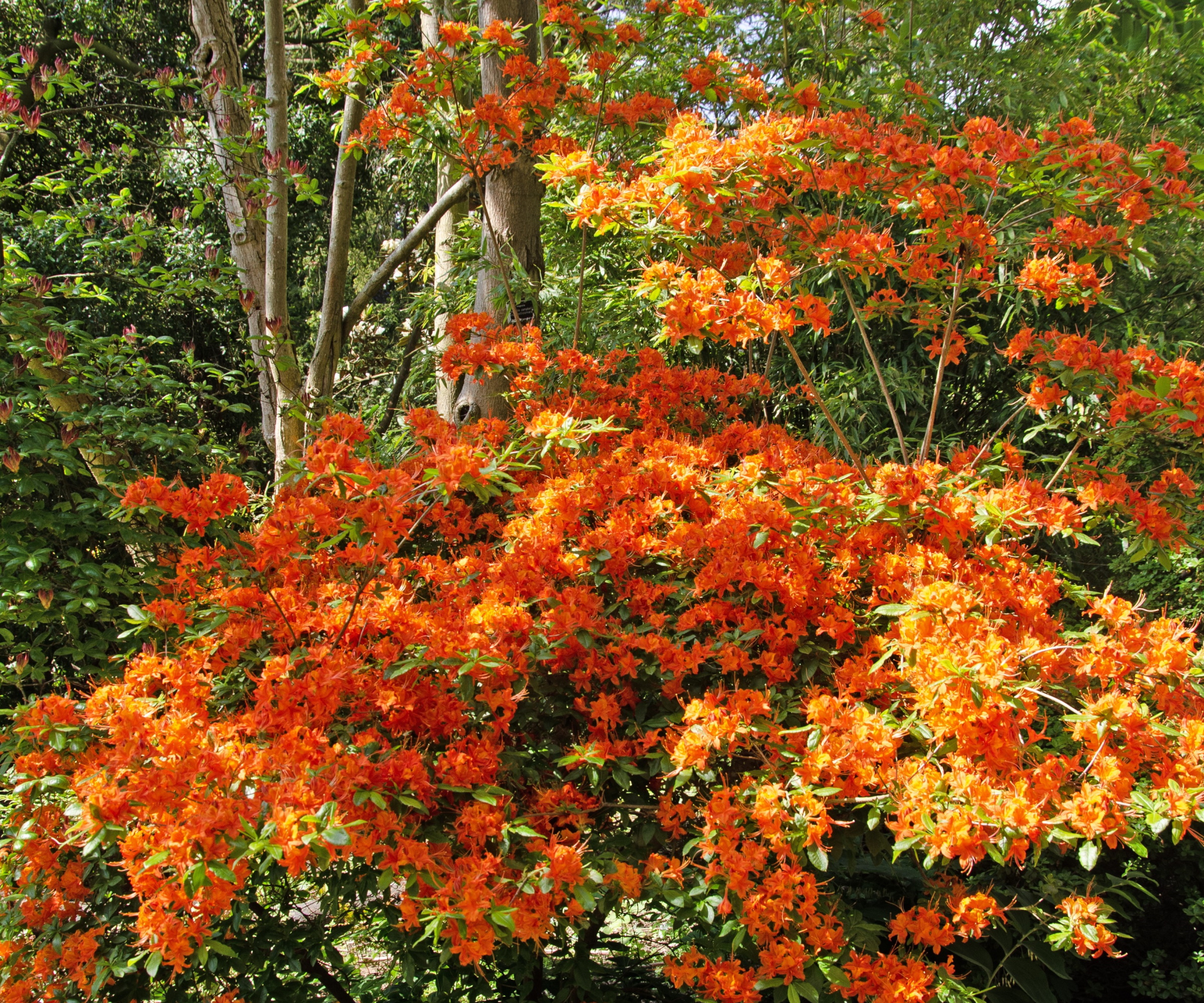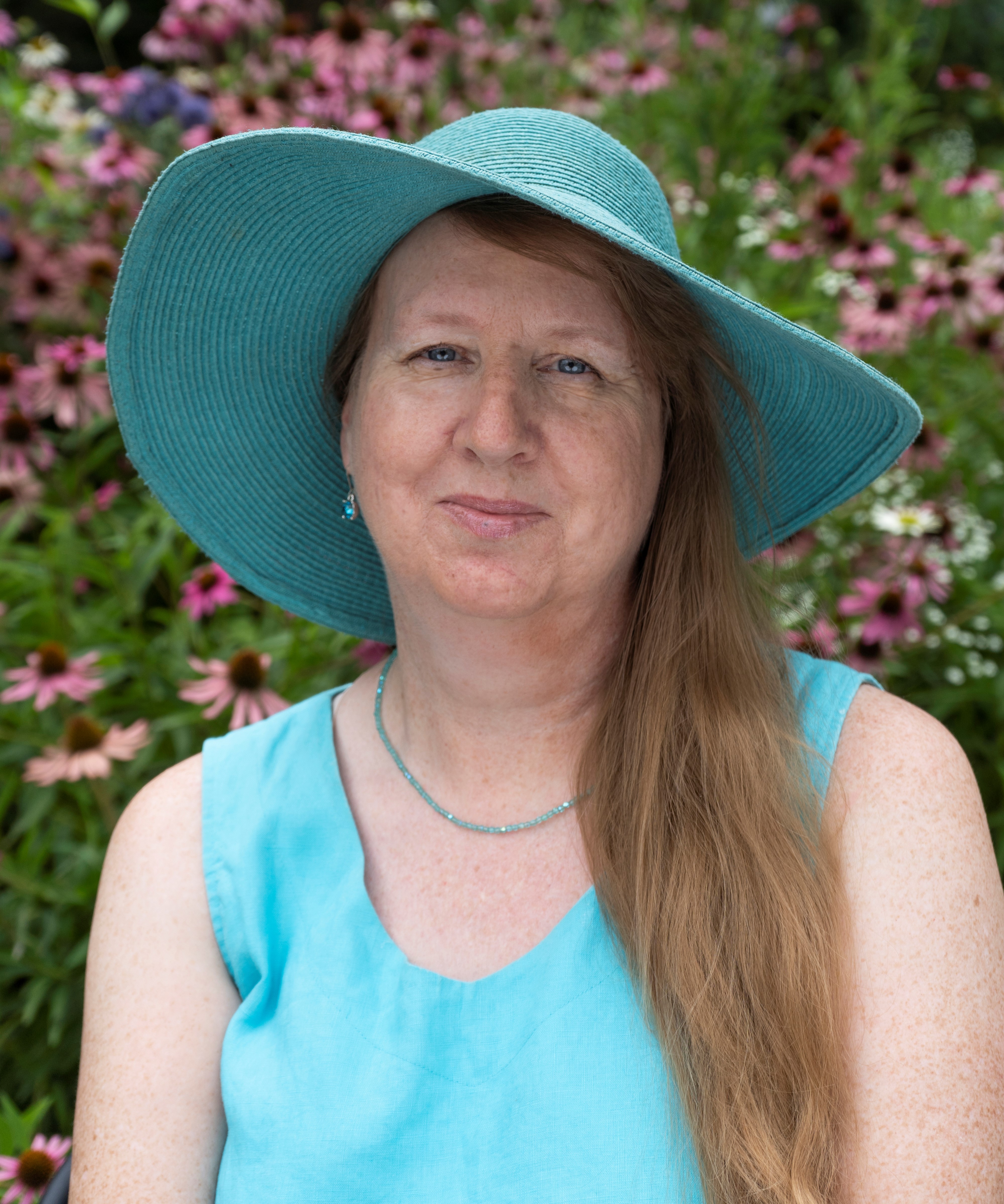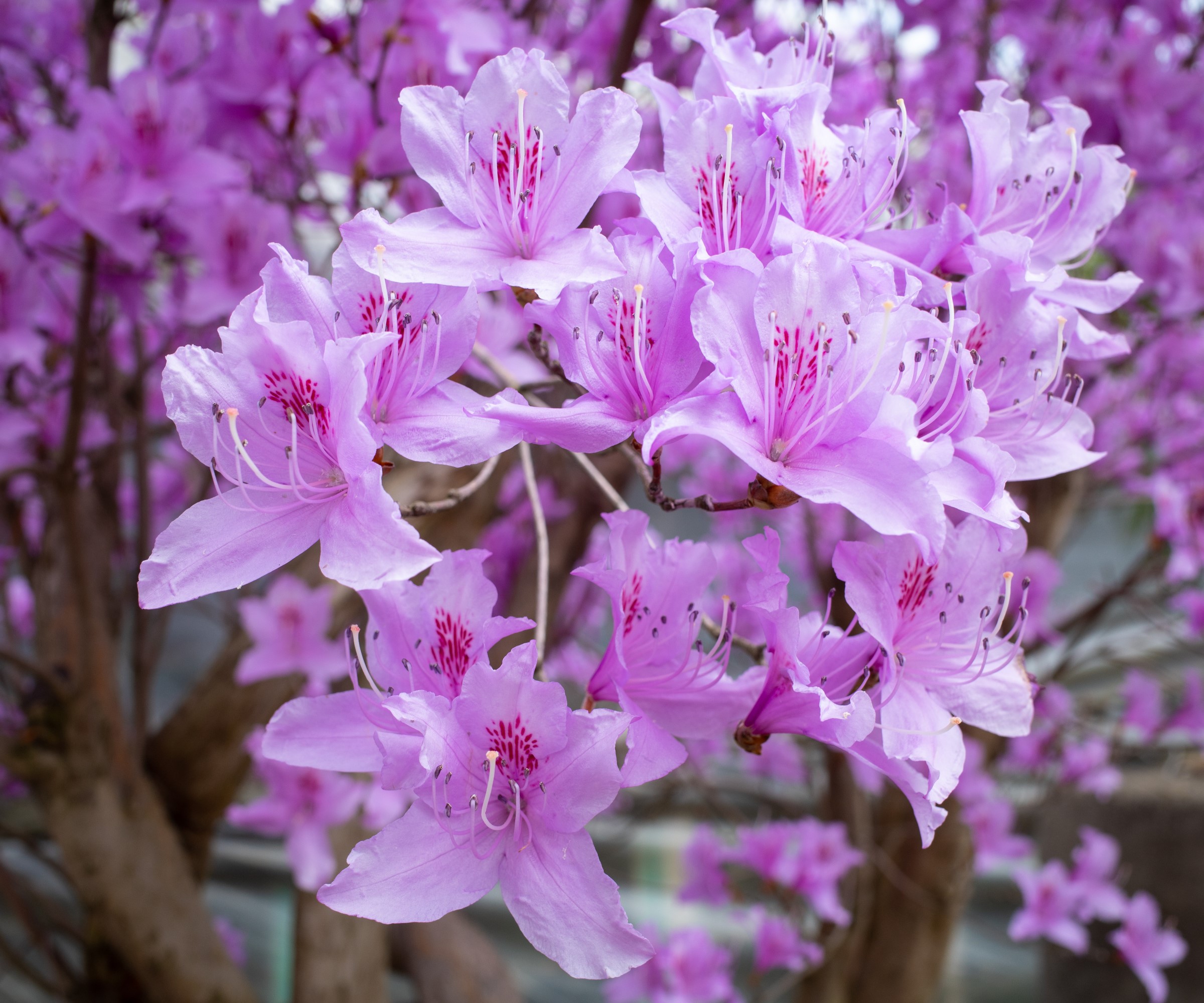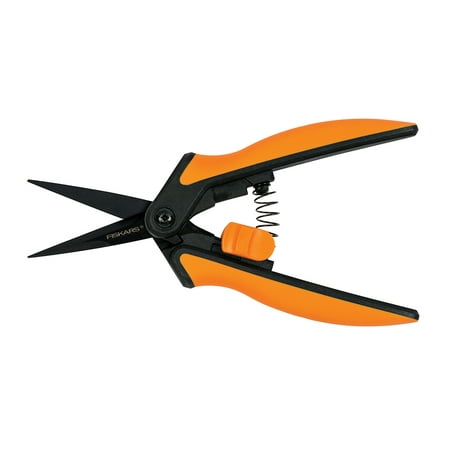How to care for azaleas in summer – 3 expert tips for healthy plants and brilliant blooms
Learn how best to maintain these colorful shrubs during the hot, dry months of the year


There are thousands of varieties of azalea shrubs, ranging in color from red to pink, yellow to white, and every shade in between. These low-maintenance and hardy plants are a good choice if you are looking for a flowering shrub that is impactful wherever it is grown.
Azaleas tend to drop faded flowers in July and August before playing a useful supporting act as foliage plants in the yard. It is important to continue to care for your plants through the height of summer, even after flowering has finished, particularly as hot and dry weather can prove challenging for these woodland plants.
Learning how to care for azaleas in summer will guarantee that your plants remain healthy and produce plenty of flowers the following season. So, if you are growing azaleas, follow our expert-approved steps to ensure that your shrubs thrive even during the long, hot days of summer.

How to care for azaleas in summer
Azaleas can be grown from US hardiness zone 4 to US hardiness zone 9. While they are considered resilient and low-maintenance plants, summer can often prove challenging for woodland shrubs. I spoke to one plant expert based in Washington, D.C. to understand how to care for azaleas in summer.
Watering azaleas in summer

'Azaleas are woodland plants and so they like moist soil at their roots,' says Kathy Jentz, azalea expert and editor of The Azalean. 'For this reason, they may require supplemental watering through summer into early fall.'
This is particularly important for recently planted azaleas, at least until they are established and have been in the ground for a few years.
'Additional watering during summer helps to produce more flower buds for next year,' Kathy says. 'It is best to follow the deep watering technique, with an infrequent deep soaking being more effective than superficial daily sprinklings of water.'
Design expertise in your inbox – from inspiring decorating ideas and beautiful celebrity homes to practical gardening advice and shopping round-ups.
The amount of water needed will be dependent on location, soil, temperature and climate. If you are ever unsure about the moisture in your borders, it is a good idea to use a moisture meter, available to order from Amazon, which will help to reveal how wet or dry your soil is.
'While azaleas prefer moderately damp soil, they do not like having constantly wet feet, so good drainage is important,' Kathy says. Regularly applying organic mulch, available from Amazon, can help to improve the structure and drainage in your borders.

Kathy Jentz is the editor of The Azalean Journal, as well as the editor and publisher of the award-winning Washington Gardener Magazine. She is also the editor of two other plant society journals: the Water Garden Journal (IWGS), and Fanfare (Daylily Society Region 3).
Do not feed azaleas after July

If you are wondering when to fertilize azaleas, it can often be enough to annually mulch your borders without any need for supplementary feeding.
'Established azaleas that are healthy and look happy do not need fertilizer,' Kathy continues. 'If you notice a reduction in flowering during spring and summer, you can amend the soil with organic compost or add a slow-release fertilizer for acid-loving plants.' Fertilizer for acid-loving plants is available from Amazon.
'To avoid inducing new growth which may be killed in the winter, fertilizing is best done in late winter or early spring,' Kathy says. 'In my experience, gardeners should never feed azaleas after July.'
Monitor for azalea pests

Azalea diseases and pests are generally manageable, and established shrubs can often go untreated and survive just fine without any need for disease or pest control.
'Leaf damage in late spring and early summer can be from feeding caterpillars,' Kathy says. 'If you spot any, you can pick them off, or use a pesticide based on a recommendation from your county extension service. The Rhododendron Looper is a caterpillar that looks exactly like a branch or stem, meaning it can easily hide. They don’t usually kill the plant unless you have a huge population.
'Leaves can also be eaten by several members of the weevil family, which are difficult to control. The leaf damage looks like notching on the outside of the leaf, but fortunately, it is not very harmful to the plant.
'Weevils overwinter in the soil as larvae and then feed on the azalea roots, which can kill the plant. Contact your local county extension service for recommended controls,' Kathy advises.
If the damage is confined to the lowest branches of small azaleas, it may be caused by rabbits or deer. The best control for this is a deer and rabbit repellant spray, available to order from Walmart.
FAQs
Do I need to deadhead azalea plants?
Deadheaing azaleas is not essential, but it can help to improve the look of your plants. Deadheading will not result in a second flush of blooms, however, so it is purely for aesthetic reasons. Eventually, with time, the brown petals will drop on their own, but if you have a free half hour, why not take your pruning snips and tidy up your shrubs?
If you are keen to grow your azalea collection, why not consider learning how to take azalea cuttings? Propagation of azalea shrubs is best done in summer, ensuring that they have enough time to root before the colder months of fall and winter. Our guide has all the information you need to ensure propagation success.

Thomas is a Content Editor within the Gardens Team at Homes and Gardens. He has worked as a professional gardener for both public spaces and private estates, specializing in productive gardening, growing food and flowers. Trained in Horticulture at the Garden Museum, he has written on gardening and garden history for various publications, including The English Garden, Gardens Illustrated, Hortus, The London Gardener and Bloom. He has co-authored a Lonely Planet travel book, The Tree Atlas, due out in 2024.

